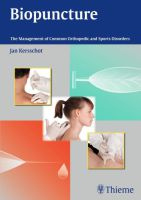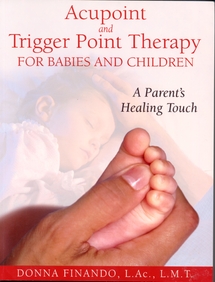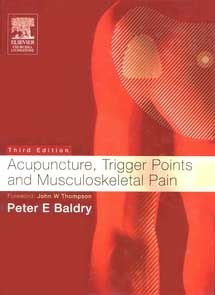Triggerpoint therapy
Books about acupuncture and trigger point therapy
Books about the Tigger point therapy and Tigger point treatment
Trigger point therapy and Trigger Point Treatment books cover topics such as full-strength acupuncture, Tens, shockwave therapy, and more. There are also titles in the field of physiotherapy.
Ideal for your practice. The Flipchart Triggerpoints clearly documents the most common myofascial pain syndromes. Using the illustrations, you can pinpoint your pain regions together with your patient and see the points to be treated at a glance. Your patient feels understood. Your competence becomes clear.
Using the guide to effectively heal trigger points of Irnich pain. Myofascial pain is the most overlooked diagnosis! The new guideline for the effective treatment of myofascial pain provides action-oriented instructions on diagnosis and treatment of myofascial pain. It draws on differential diagnostic considerations, bridges the gap to acupuncture with every pain pattern and also serves as a small muscular anatomical repertory containing numerous drawings.
The book Trigger Point Therapy in Myofascial Pain by Finando is intended as a guide for anyone who is treating people with myofascial pain. Myofascial pain is one of the most prevalent health problems facing by:
- physicians,
- osteopaths,
- acupuncturists,
- physical therapists,
- occupational therapists and
- massage therapists.
Advisor on trigger therapy
In their book trigger point therapy in Myofascial Pain, the authors have summarized a vast amount of information about the treatment of muscle pain for anyone seeking to cure such problems into an easily accessible and comprehensive clinical reference book. The authors examine a wide range of pain patterns and describe evaluation and palpation techniques that help alleviate the effects of trigger points and the pain they cause in the clinically important muscle groups of the body. Donna and Steven Finando provide practitioners with a handbook that helps them accurately assess the condition of patients, identify their acute problems, and develop an appropriate treatment strategy. The book first describes the term Qi and its relationship to myology (muscle science), and explains why and how trigger points arise and how to treat them. The rest of the book provides detailed information about individual muscles that can help practitioners quickly and accurately identify specific pain points and compensation patterns. In addition to anatomical representations of trigger points and transmission pain patterns, each muscle description includes illustrations of stretching techniques for self-help at home. A visual index at the end of the book summarizes the pain patterns and muscles that may be involved.




